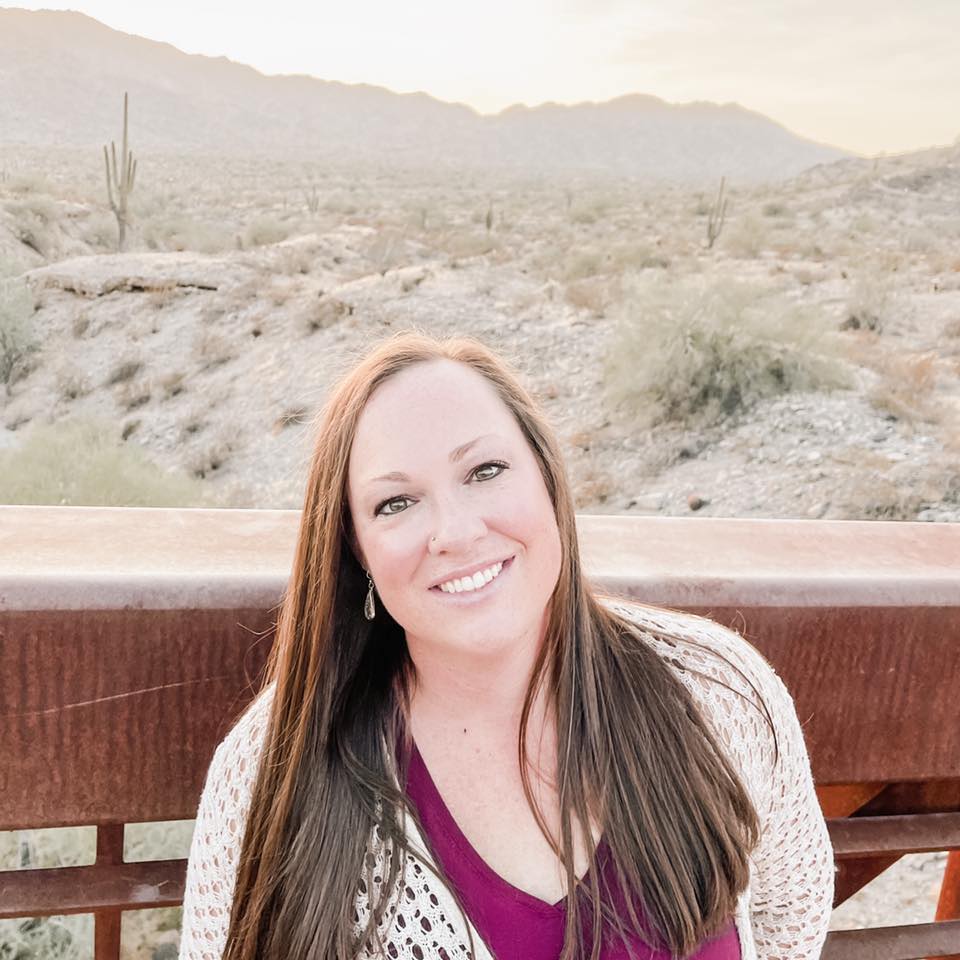|
Okay, I know I am weird but I love talking about money.
I want to talk about retirement, investing, saving and budgeting with everyone. I am that person…. I want to hear what your financial goals are and rally with you when you are struggling. I read money books (some of my favorites are Dave Ramsey’s Total Money Makeover and The Millionaire Next Door by Stanley and Danko-check out the link in the resource section of my website) and listen to financial podcasts. I avoid debt like the plague, review my retirement portfolio regularly and love to see my kids college fund grow. I also love to create budgets (though I cannot for the life of me stick to my family’s food budget….) and plan where my money will go. While I realize not everyone shares my zeal for finances, there are some things I think we can all agree on. We want the financial freedom to live a good life, give generously and be able to someday retire. So, how do we do that? I think we need to start with dreaming about what we want our financial life to look like. What are your short term and long term financial goals? For me, it is someday owning a cabin in the woods. I want to be able to go there to clear my head, write and engage in deep self-care without the distractions of life. I dream of rocking on a rocking chair on the patio with my husband, drinking our morning coffee. So, when I want to buy something that is out of my price range or want to go back into debt, I remind myself of the end game where I have my cabin and that the temporary sacrifices lead to long term goal achievement. Also, we need to budget. We need to know where our money is going and be intentional about how we use it. If I am honest with you, I often make a budget and then don’t track to see if I have actually followed the budget at the end of the month. A budget is actually useless if you don’t track and follow it (something I have to remind myself). With that budget, we need to balance the short term and long term goals. We need to pay our bills now and engage life while also saving for the future. These action steps will make your financial wellness a success. Need help with this? Check out the link here to my favorite financial books. Have a great week!
0 Comments
Hey friends! Ready to talk about emotional wellness today?!
First, let’s talk about what emotional wellness is. Simply put, emotional wellness is working on our side of the street to keep it clean. That means engaging in self-discovery and trauma work so that we can know why we show up the way we do in relationships and learn to stop responding from our trauma and instead from our authentic selves. It also means that we learn how to identify and express our emotions in a healthy way with those that are safe to share with. And more importantly (in my opinion), emotional wellness means managing stress effectively. I will admit, this is one I struggle with but I will share more about that later…… So, what are some action steps we can take on the concepts above? I am so glad you asked ;)
Those are just a few of the many ways to work on the emotional dimension of wellness. There are so many ways so find what works for you and I will chat with you next week as we discuss the next dimension of wellness. Hi everyone! I hope you have been enjoying our series on the eight dimensions of wellness. This week we are talking about occupational wellness.
This dimension has a huge ripple effect on the others (though they all do to varying degrees). Because let’s face it, for most of us, our job is where we spend the bulk of our time (or so it seems). If our work life sucks, it is going to cause us to be moody at home, lack energy to engage in activities and be motivated to do our work well. However, if we love our job, we are excited to and feel energized in engaging in something we find meaningful. What does it look like to have this area strong? Well, first you have a good work/life balance. While I am not going to get into all of that right now, Christy Wright just published a new book on the topic that you can find here. It also means you have meaningful relationships at work and enjoy your work atmosphere. You have fun with coworkers, you challenge one another and support each other through obstacles. The culture of your work is positive and encourages you to be the best you can be. Having a strong occupational dimension means that you have a good work ethic and you enjoy what you do. That means you actually work while you are at work and don’t find loopholes or ways to do as little as possible without getting caught. Even more important, you enjoy what you do the majority of the time. I am not saying that you have to love every day or there are not hard seasons but I am saying that the more times than not, you are passionate about your work. If you are not living the above areas, explore why. Do you need to take a long vacation because you are burnt out or do you need to set boundaries so you have a better life balance? Perhaps you realize that you are Debbie downer and you need to be more positive at work or minimize the gossip to create a better work environment. Maybe it needs to be something more extreme, like getting a new job. Now, I am not saying go quit your job tomorrow because you are not passionate about it or don’t find it fulfilling. Be smart about it and do not quit until you have something lined up or your financial wellness also might plummet. If you have no idea what you want to do or who you want to be, there are plenty of career placement tests online that you can take to help guide you in evaluating what may be a good career for you. You can do this. You are worth investing the time, energy and discomfort to build this occupational wellness muscle. See you next week as we dive into emotional wellness! The Environmental Dimension of Wellness
Ok, if you have been around for any amount of time, you know that I love Gretchen Rubin. She has a book called Happier at Home (find it here) that I absolutely love and read yearly. So, some of these tips I need to give her credit for but before we get there, let’s talk about what the environmental dimension of wellness is. If we are really focused on this dimension, we are looking at environmental wellness from a macro and micro level. On a macro level, environmental wellness includes recycling, caring for the earth, using water and natural resources wisely and leaving the world a better place than we found it. On a micro level, the environmental dimension is making your home and living environment a place where you feel safe and actually want to be. Somewhere where you feel relaxed and free to be authentically you. So, back to Gretchen Rubin’s book. If you want to work on the micro level of the environmental dimension, you should totally check this book out. But today I am going to share with you two major takeaways I got from her book and you can read the book for the rest of her brilliant perspective. First, in order for your home to be safe place, it needs to be an organized place. Whether you care about organization or not, studies show that the more chaotic or cluttered your environment, the higher your anxiety and inability to relax. It doesn’t mean you have to turn into a minimalist but you may need to contain your hoarder ways…. Second, add a bit of whimsy or fun in unexpected places. Perhaps you wallpaper the inside of one of your cabinets in a vibrant pattern or have a secret corner of your house that has a fairy garden. That little bit of the unexpected will likely make you smile every time you see it, even if no one else knows about it. Now let’s look at the macro level. On the macro level, there are many ways to work on environmental wellness. Perhaps you carpool to work, ride your bike or take the bus. Maybe you recycle or upcycle old items and use them for something new. Aside from taking care of the environment, environmental wellness is also about taking time in your environment. How often do you walk in nature, go to the park or take a deep breath of fresh air? Do you have outdoor hobbies or could you engage in some new ones? These are all great ways to connect to that dimension of wellness. As I write this, I am enjoying my backyard and the environment we have created on our homestead. I hope you will also be intentional about creating your own environment that you love. See you next time! Physical Dimensions of Wellness
Did you enjoy last week’s blog post about the 8 dimensions of wellness? I hope so because for the next 8 weeks we are going to dive into each dimension of wellness, discussing ways to improve the dimension as well as how each dimension impacts the other. So, let’s get started with the physical dimension. Keep in mind, each dimension is valuable and these discussions are in no specific order. I am going to be honest…. This is the dimension that I have struggled with the most. I am great about many of the others but this is the dimension that I continually grapple with. So, when I share these tips or discuss the value of physical wellness, I am probably speaking to myself more than you. Now that we have gotten that out of the way, let’s talk about the value of physical wellness. Physical wellness includes moving your body, eating well, sleeping well and nurturing your body. When your physical wellness is strong, you have the energy to show up better in life and your focus on what is important to you. I am one of the most low energy people you will meet. I am not depressed, I just struggle with my energy level. It has been an issue for me my entire life but has definitely become a bigger issue since having kids because I have less time to recharge. Unfortunately, this means I don’t often have the energy or stamina to play with the kids for hours at the playground or to run errands all day and then come home and make dinner. Around 2pm every day (sometimes earlier), I hit a wall and I struggle functioning and not just collapsing in bed. It really sucks. I suffer from adrenal fatigue also that makes it even more challenging. However, I am also very aware of things that help my energy in this season. I know that I cannot have a lot of caffeine because when I crash, I crash HARD. Instead, I need to drink a ton of water every day. It helps me stay functional. I also know I need to engage in low impact, low intensity movement. This may be a 30 minute yoga video or a walk on the treadmill (or ideally outside when it is not so stinkin’ hot). I cannot do high intensity workouts because it will completely drain my energy for the rest of the day. And the hardest for me, I notice a direct correlation between what I eat and how I feel. Yet for some reason, I often choose convenience or easy over what I know will serve me best. So, this is the area that I have to be the most intentional about. There are so many different ways we can improve this area. Maybe you are a high energy person and crush this dimension, awesome! Or maybe you struggle like me. If you struggle, find what works for you. It may be some of the things I shared above or it may be that you focus on more quality sleep, be more intentional about taking your vitamins, actually eating breakfast instead of skipping it, or finding a movement activity that you enjoy and feel energized after. Find one change you can make and once that is a habit, then incorporate something else. It doesn’t have to be a complete over haul or all or nothing. We can find moderation in improvement and often that is what creates lasting change. See you next week as we discuss the social dimension! |
AboutJocelyn is a Licensed Professional Counselor and course creator who desires to help clients heal and grow into who God created them to be. Archives
August 2022
Categories
All
|
|
Providing holistic mental health
counseling to help you find healing and live courageously. |
© 2023 Courageous Living. All rights reserved.


 RSS Feed
RSS Feed
